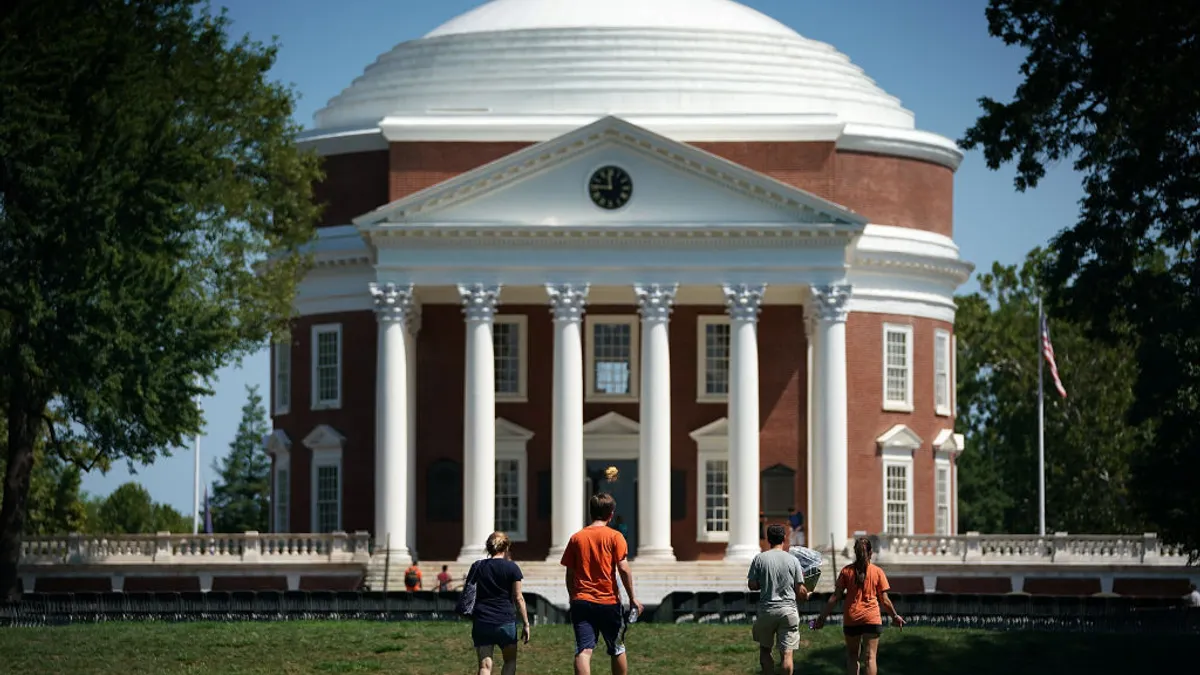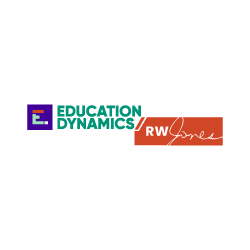Dive Brief:
- A large part of the success of Chicago Public Schools' nationally-recognized turnaround efforts have been due to a unique partnership with the University of Chicago's Urban Education Institute in which the district shares an unprecedented amount of data on student and teacher performance with the university, and the university analyzes it and returns it back to the individual principals every six weeks to allow intervention on behalf of students in real-time.
- One of the most critical indicators from the data has been the idea of a "freshmen on-track" metric, which says that a student's performance in his or her freshman year of high school is one of the biggest indicators of whether they will be college-ready. Leaders in CPS say this data has revolutionized the way teachers in the school teach, because, as Sara Ray Stoelinga, director of the Urban Education Institute at the University of Chicago, said, "it went against strongly held beliefs about what matters for high school graduation — there were some thoughts that it was test scores, some thought that by high school, it was too late," so a realization that high school could make a difference changed the approach to the job for many teachers.
- Stoelinga said the institute remains "policy-neutral," and doesn't make recommendations to the district or the mayor's office on how schools should act on the information provided, which she believes is very important to the relationship. ''What we’re doing is trying to sort of hold up the data to the district in a way that says 'here is what your data say' but not offering any solid solution," she said, which is important to the overall idea of principal autonomy in the district.
Dive Insight:
"This idea of linking K-12 kids with their higher education results [before they even get there] is something that had never been done before," said Stoelinga. "I think making this link helped people to really look forward to the horizon and say 'we are responsible for our young people's trajectories after they leave here."
This partnership, which is now being replicated in 20 different university-district partnerships across the country, is one example of the ways in which universities and K-12 schools can work together to not just boost the college readiness of students, but to really provide community impact in a way that demonstrates the value of the region's public institutions. Many conversations about K-16 partnerships center around the idea of early college or dual-enrollment, but finding ways for university education departments to partner on research and provide opportunities for real-time adjustments impacts more than just the students who were likely on track for college in the first place.
And it isn't just school partnerships where universities can be useful — partnering with local governments and businesses to provide research support will help further engrain the institution into the local community and build public support that will translate to a greater investment down the line when the general public sees the university as a true partner in the community's success.
Stoelinga said, "The most scarce resource is time, not money, and giving leaders and educators time to meet and process information is most critical" to their performance.
"Data itself is not enough," she said. "Unless you have this combination of research-based understanding and data in your hands at the right time, in the right format, coupled with this [dedication to] professional learning," you're not going to be successful.
Communication and trust are key to any such partnership. "What’s important to us is that we are trying out things in our school system, but it’s grounded in research from the university," said Chicago Chief Education Officer Dr. Janice Jackson. "There’s also this trusting relationship that allows us to give them access [to student-level data before the district even looks at it] and for them to be completely honest with us."








